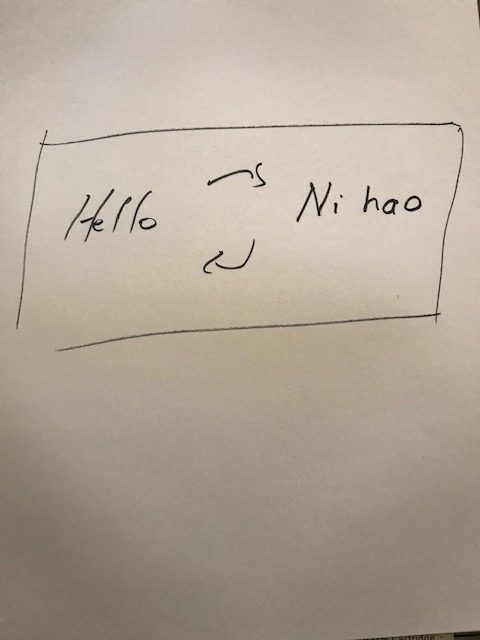Switch Thinking is based on an insight.
I have been working in Asia for many years and I am still amazed at the many people I come across who are bilingual (i.e. being able to access a different language).
In one moment they are speaking to me in English and the next, they switch to say Mandarin to talk to a colleague.
As I observed this amazing facility I began to wonder if you could also learn how to switch between different ways of thinking.
At the moment most of us are taught to think in only one way.
Critical Thinking.
This is a powerful thinking system that relies on analysis, logic, reductionism, cause and effect, precedent and acting rationally.
But in a non-linear, ever-changing, disruptive world then critical thinking is not enough.
Individuals, groups and teams need to be able to access other ways of thinking.
Some of these might be for example,
- Intuition
- Design Thinking
- Imagination
- Systems Thinking
- Associative Thinking
- Bisociative Thinking
- Visual Thinking
- Speed Thinking
- Creative Thinking
- Exponential Thinking
- Lateral Thinking …
As you can see there are many different types of thinking. The most appropriate one might depend on the situation, urgency, information available etc.
Much like a tradesperson who has a hammer, chisel, saw etc in their kit bag. The type of tool would vary depending on the problem at hand.
I am using the phrase Switch Thinking to describe this movement between different ways of thinking.
Switch Thinking empowers you to move between these different ways of thinking through the use of a Switch.
For example,
You can use words to describe a new idea then Switch to drawing it.
Then Switch back to using words.
This is an example of switching between Creative Thinking and Visual Thinking.
I am developing the various Switches at the moment.
The goal is to make these simple, practical and fast.
And for the people using these to do so in a way that is seamless.
Much like the skilled bilingual person who can fluently transition between different languages, at will.

